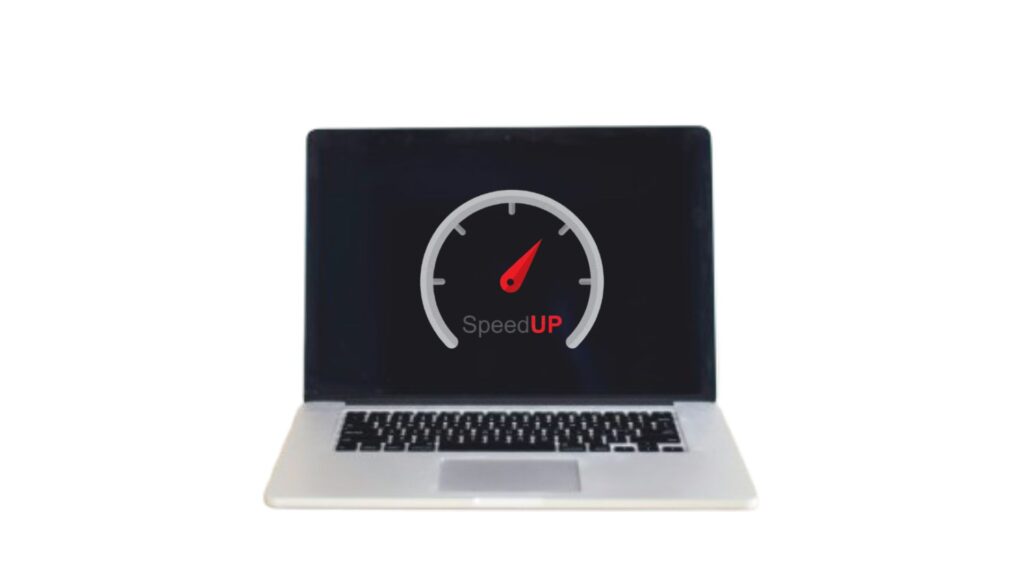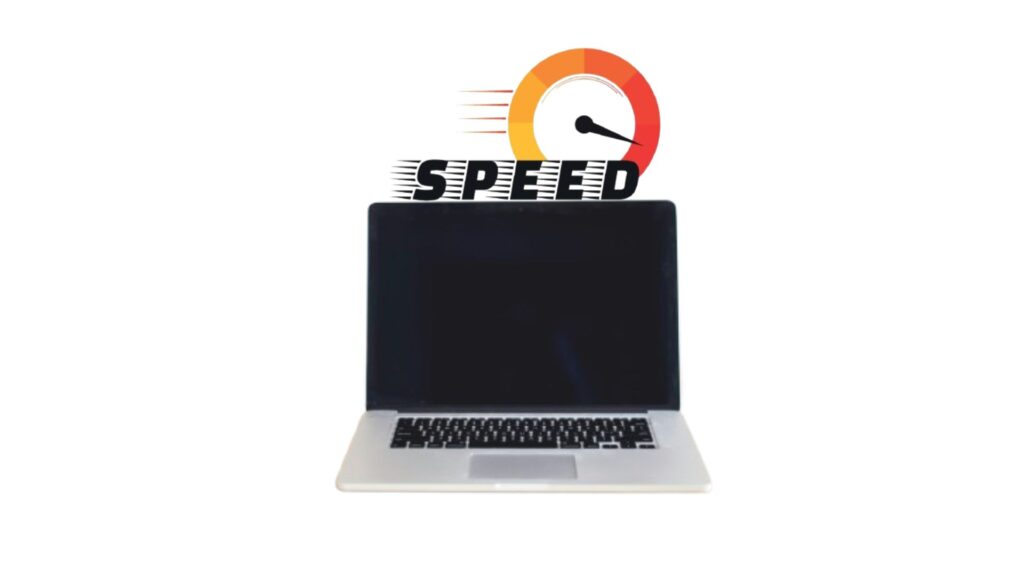
Is your old laptop running slow and frustrating to use? Over time, computers accumulate junk files, outdated software, and performance-hindering settings. Instead of buying a new laptop, follow these effective methods to speed up your old laptop and make it run like new.
1. Uninstall Unnecessary Programs
- Over time, unused applications take up storage and slow down performance.
- Go to Control Panel > Programs & Features (Windows) or Applications (Mac) to remove unused programs.
- Use third-party tools like Revo Uninstaller to remove leftover files.
2. Disable Startup Programs
- Many programs launch at startup, consuming memory and CPU power.
- On Windows, press Ctrl + Shift + Esc, go to the Startup tab, and disable unnecessary apps.
- On Mac, go to System Preferences > Users & Groups > Login Items and remove apps from the list.
3. Upgrade RAM for Better Performance
- More RAM helps your laptop handle multiple tasks smoothly.
- Check your laptop’s RAM capacity and upgrade if possible.
- A minimum of 8GB RAM is recommended for smooth performance.
4. Switch to an SSD (Solid State Drive)
- SSDs are much faster than traditional HDDs, reducing boot time and improving speed.
- Clone your old hard drive to an SSD using tools like Macrium Reflect or EaseUS Todo Backup.
- Install the SSD and experience a major speed boost.
5. Clear Temporary Files & Cache
- Junk files slow down system performance over time.
- Use Windows Disk Cleanup (type “Disk Cleanup” in the search bar) or CCleaner for automated cleaning.
- On Mac, go to Finder > Go > Go to Folder, type
~/Library/Caches/, and delete unnecessary cache files.
6. Update Your Operating System & Drivers
- Outdated software and drivers can cause lag and security risks.
- On Windows, go to Settings > Update & Security > Windows Update.
- On Mac, go to System Settings > Software Update.
- Use Driver Booster or Windows Device Manager to update outdated drivers.
7. Optimize Battery & Power Settings
- Adjusting power settings can improve performance.
- On Windows, go to Control Panel > Power Options and select High Performance.
- On Mac, go to System Preferences > Battery > Power Adapter and choose Better Performance.
8. Disable Visual Effects & Animations
- Reducing animations makes the system run faster.
- On Windows, go to System Properties > Advanced > Performance Settings and select Adjust for Best Performance.
- On Mac, go to System Preferences > Accessibility > Display and enable Reduce Motion.
9. Run a Malware & Virus Scan
- Malware and viruses slow down performance and pose security threats.
- Use Windows Defender, Malwarebytes, or Avast for deep scans.
- Remove unnecessary browser extensions that may slow down web browsing.
10. Defragment and Optimize Your Hard Drive
- HDD users should defragment their disk for better efficiency.
- Open Defragment and Optimize Drives on Windows and run optimization.
- SSDs don’t need defragmentation, but Trim optimization helps maintain performance.
11. Manage Background Processes
- Close unnecessary background apps consuming CPU and RAM.
- Open Task Manager (Ctrl + Shift + Esc) on Windows and close high-usage apps.
- On Mac, use Activity Monitor to check resource-heavy apps.
12. Use a Lightweight Antivirus Program
- Some antivirus programs consume a lot of resources.
- Use lightweight options like Microsoft Defender, Bitdefender, or ESET NOD32.
- Avoid running multiple antivirus programs simultaneously.
13. Reinstall Your Operating System
- If all else fails, reinstalling the OS gives a fresh start.
- On Windows, go to Settings > Update & Security > Recovery > Reset this PC.
- On Mac, restart and enter macOS Recovery Mode, then reinstall macOS.

